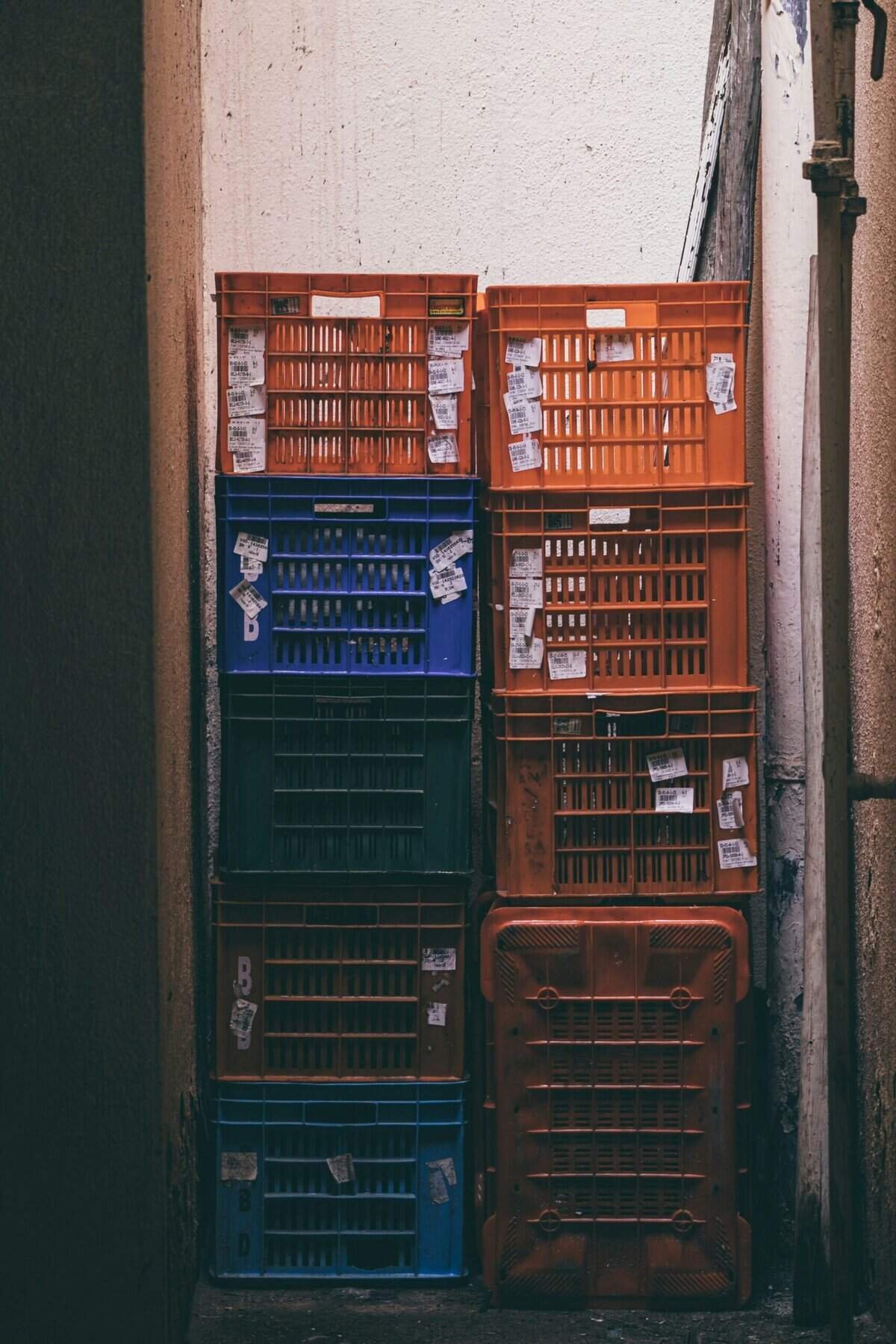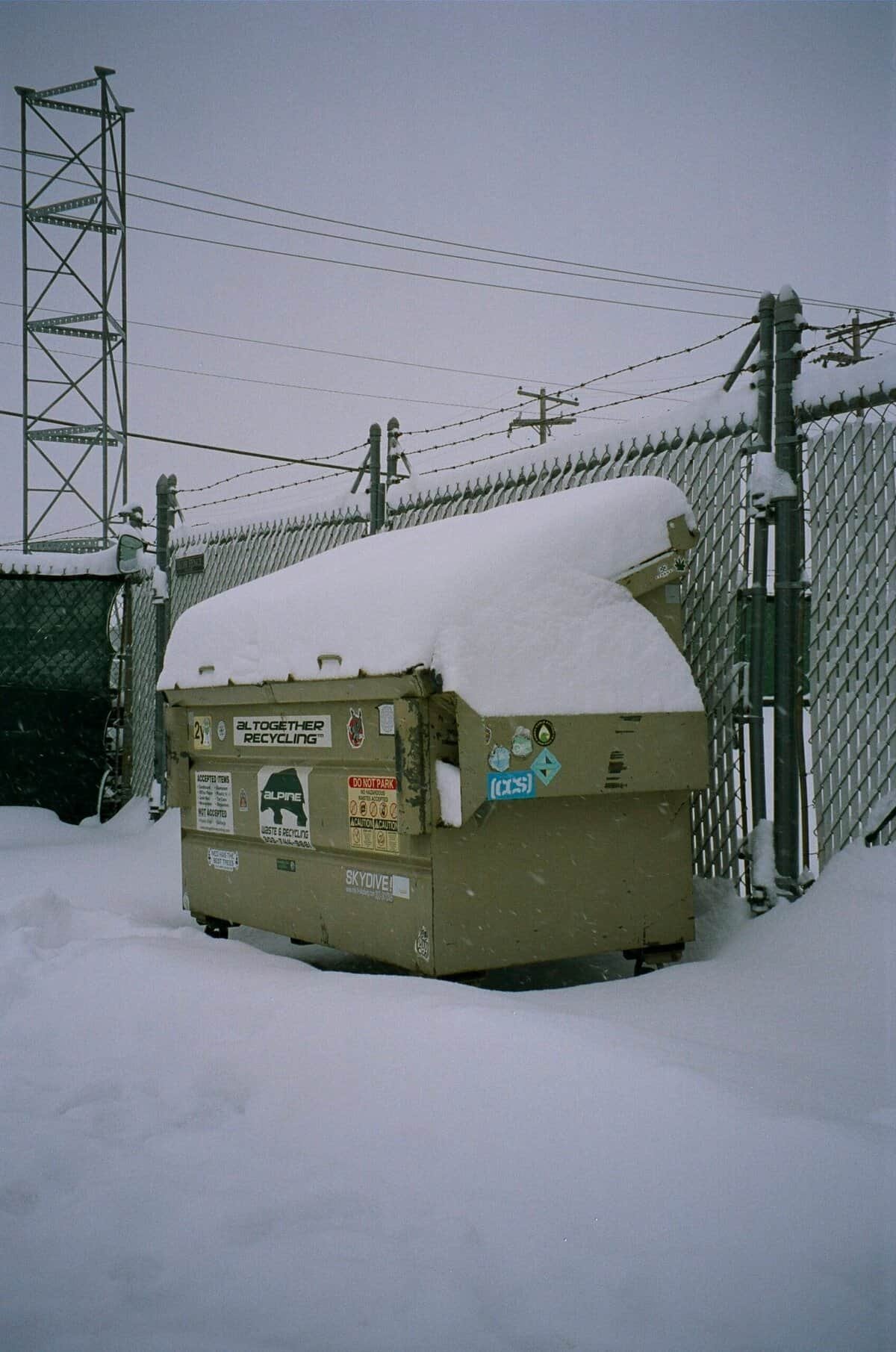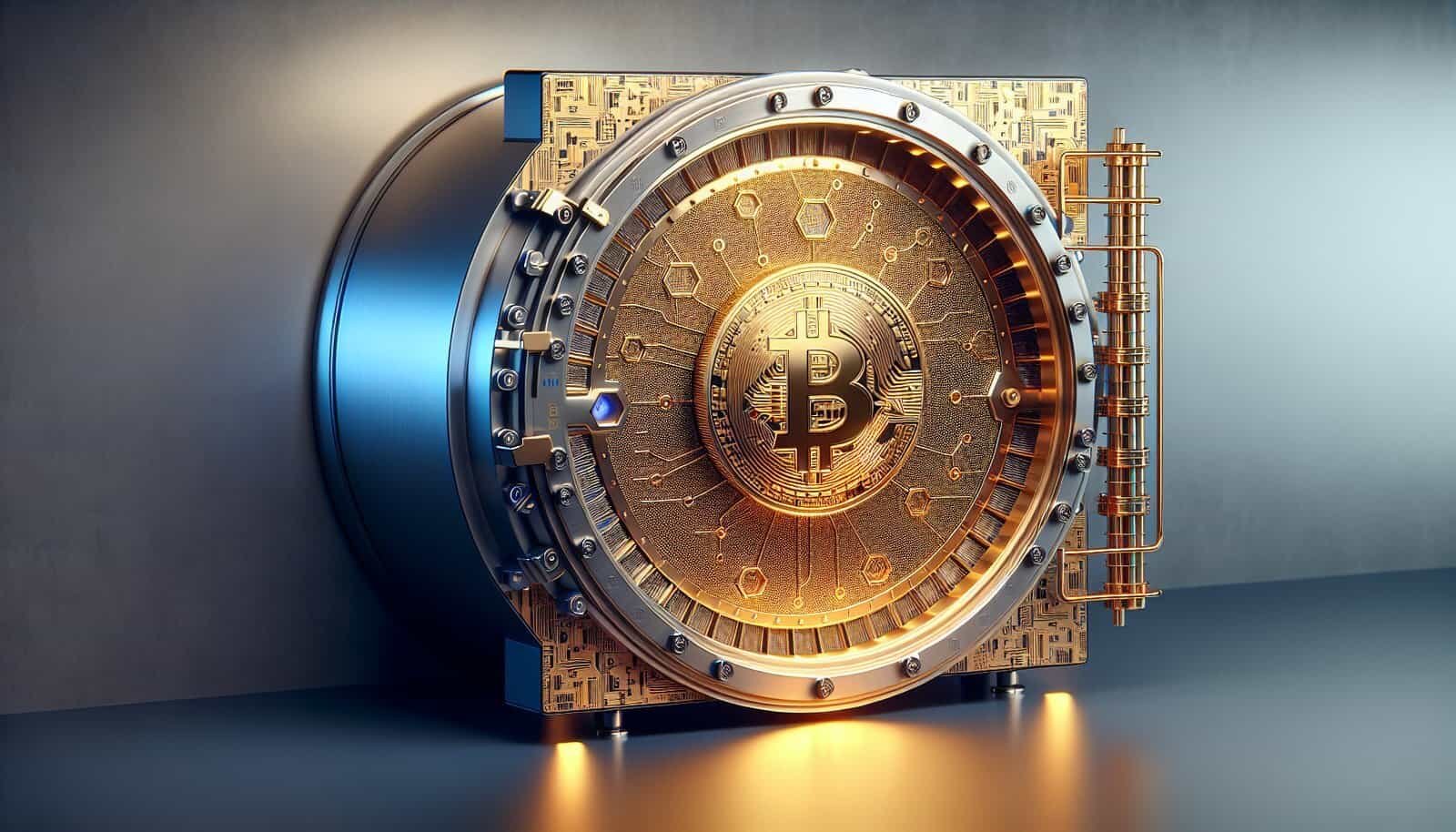Are you curious how exchanges protect your crypto from hacks, theft, and operational failures?

How Do Crypto Exchanges Keep Customer Funds Safe?
You’ll find that exchanges use a layered approach to protect funds, combining technical controls, operational policies, regulatory compliance, and insurance or financial safeguards. This article breaks down the key mechanisms so you can understand what they do — and what you can do as a user to add another layer of protection.
Overview: multi-layered security and shared responsibility
Security for crypto exchanges is rarely a single technology. Exchanges rely on multiple overlapping controls — some automated, some procedural — to reduce risk. You should think of these controls as layers: the breach of one layer doesn’t automatically mean loss of funds if other layers stay intact. You also share responsibility for security by using good account hygiene and choosing the right custody model.
Custody models: who controls the keys?
How private keys are held is fundamental to safety. You’ll typically encounter these custody models:
- Custodial exchange wallets: the exchange holds your private keys and manages withdrawals.
- Non-custodial solutions: you retain private keys via wallets or integrations with external custodians.
- Hybrid or institutional custody: multi-party setups, third-party custodians, or segregated accounts for institutions.
Table: Custody model comparison
| Custody Model | Who Controls Keys | Pros | Cons |
|---|---|---|---|
| Custodial (standard exchanges) | Exchange | Convenience, integrated services, fiat on/off ramps | Requires trust in exchange, counterparty risk |
| Non-custodial (user wallets) | You | Full control, reduced counterparty risk | You are responsible for backups, may be less convenient |
| Third-party institutional custody | Professional custodian | Strong operational controls, insurance options | Costly, complexity for retail users |
| MPC / threshold signatures | Shared among parties | No single key, improved resilience | Technical complexity, reliance on implementation |
You should weigh convenience versus control. If you prioritize convenience and trading speed, custodial services are attractive. If safeguarding large holdings is your priority, you’ll likely prefer non-custodial custody or institutional custodians.
Hot wallets vs cold wallets
Exchanges partition funds into “hot” and “cold” storage to balance liquidity and safety.
- Hot wallets are online and handle day-to-day withdrawals and trading liquidity. They must be fast but are more exposed to network attacks.
- Cold wallets are offline, air-gapped, and store the bulk of funds. They minimize exposure to remote attacks at the cost of slower withdrawals.
Exchanges typically keep a small percentage of assets in hot wallets and the majority in cold storage. You should understand the exchange’s hot/cold split and withdrawal policies to know how quickly funds move and how much risk exists.

Multi-signature (multi-sig) and threshold signatures
Using multiple signatures for vaults reduces the risk that a single compromised key will result in theft.
- Multi-sig: requires a subset of private keys (e.g., 3-of-5) to authorize transactions. It’s transparent and widely used for on-chain control.
- Threshold cryptography or MPC: splits signing capability without creating a single master key, enabling similar protections with more operational flexibility.
You should check whether an exchange uses multi-sig or MPC for cold storage and whether the signers are geographically and administratively separated.
Key management and hardware security
Protecting private keys is central. Exchanges use several industry practices:
- Hardware Security Modules (HSMs): tamper-resistant devices that generate and store keys securely.
- Air-gapped signing machines: disconnected systems used to sign cold transactions manually.
- Secure key lifecycle processes: generation, backup, rotation, and secure destruction when necessary.
- Multiple geographic backups: copies of seeds or keys stored in secure vaults across jurisdictions.
These controls reduce the risk of key theft and accidental loss. When you choose an exchange, look for publicly documented key management procedures or independent attestations.

Operational security (OpSec) and staff controls
Human insiders can present risks, so exchanges implement strong operational controls:
- Role-based access control (RBAC) to ensure employees only get the permissions they need.
- Separation of duties so no single employee can move large amounts without approval.
- Background checks and ongoing security training for staff.
- Access monitoring, multi-factor authentication for internal systems, and hardware tokens for privileged accounts.
You should expect large exchanges to describe their OpSec processes in security pages or audit reports.
Network and infrastructure security
Technical safeguards protect exchange platforms and servers:
- Firewalls, intrusion detection/prevention systems, and network segmentation limit lateral movement for attackers.
- DDoS mitigation and redundancy keep services available during attacks.
- Secure development lifecycle (SDLC), code reviews, automated testing, and static/dynamic analysis reduce software vulnerabilities.
- Regular penetration testing and third-party security assessments identify weak points.
When you evaluate exchange safety, look for evidence of continuous security testing and a bug bounty program that rewards found vulnerabilities.

Smart contract security (for decentralized and hybrid products)
If an exchange or platform uses smart contracts for custody, matching, or staking, contract security matters:
- Independent audits from reputable firms can identify logic errors and vulnerabilities.
- Formal verification and unit testing increase confidence in correctness.
- Timelocks and multisig for admin functions reduce the risk of a single bad update.
- Transparent contract code and upgradability policies clarify how changes are handled.
You should consider smart contract risk separately from custodian risk — even audited contracts can have issues, and upgradable contracts may enable future changes.
Transaction policies and withdrawal controls
Exchanges set policies to reduce fraudulent or unauthorized withdrawals:
- Withdrawal whitelisting allows you to restrict outgoing addresses.
- Rate limits or staged withdrawals help prevent quick drains.
- Manual review for large or unusual transfers triggers human verification.
- Mandatory time locks for some operations let exchanges halt suspicious activity.
These controls help you recover or stop suspicious transfers more easily. Enable address whitelisting, withdrawal confirmations, and strong account-level protections whenever available.

Monitoring, analytics, and fraud detection
Continuous monitoring of on-chain and off-chain activity helps detect fraud:
- Real-time analytics and heuristics flag suspicious transaction patterns.
- Sanctions screening and IP/location checks prevent illicit access.
- Automated alerts and escalation to human analysts enable timely action.
You should expect exchanges to use on-chain analytics providers and internal tooling to trace flows and freeze funds when necessary.
Proof of reserves and transparency measures
Some exchanges publish proof-of-reserves to show they hold sufficient assets. These proofs often use cryptographic techniques such as Merkle trees, or attestations by third-party auditors.
- Merkle proofs allow users to verify their balances are included in aggregate holdings without revealing other users’ balances.
- Third-party attestations or SOC-type audits add credibility but differ in scope and frequency.
- Proofs have limitations: they prove snapshot holdings, not ongoing solvency or undisclosed liabilities.
You should review the methodology and timing of any proof-of-reserves report. A single snapshot doesn’t guarantee long-term solvency, but regular, independently verified proofs are a positive sign.
Insurance and financial protections
To reduce customer risk, some exchanges maintain insurance or reserve funds:
- Private insurance policies can cover theft from hacks, employee theft, or other operational losses. Coverage varies by provider and incident type.
- Exchange reserve funds or “insurance coffers” can be used to reimburse customers for losses.
- FDIC or government protections generally don’t apply to crypto; claims depend on contractual terms.
You should read policy terms carefully: many insurance policies exclude certain attack vectors or have caps. Treat insurance as an extra layer, not a guarantee.
Legal and regulatory compliance
Operating under licenses can raise the bar for security and consumer protection:
- Licensing often requires security standards, capital requirements, AML/KYC checks, and regular reporting.
- Regulated exchanges may be subject to periodic audits, custody rules, and insolvency protections.
- Jurisdiction matters: exchanges operating in multiple regions face different standards and protections.
You should check where an exchange is licensed and what regulatory protections apply to your assets, especially for fiat on/off ramps and custody.
Incident response, forensics, and remediation
No system is perfect, so a robust incident response plan is essential:
- Predefined playbooks and roles accelerate decision-making during incidents.
- Forensic teams preserve evidence, trace flows, and coordinate with law enforcement.
- Bug bounty programs and disclosure policies enable coordinated reporting of vulnerabilities.
- Public communication and regular updates preserve trust during crises.
You should prefer exchanges with clear incident response procedures and a history of transparent handling of past incidents.
Case studies: learning from past failures and improvements
Looking at major incidents helps you recognize recurring weaknesses and the kinds of improvements that followed.
- Mt. Gox (2014): demonstrated custody weaknesses, lack of segregation, and poor operational controls; aftermath introduced focus on hot/cold splits and better auditing.
- Coincheck (2018): loss of NEM from hot wallets led to stronger hot wallet protections and multi-sig adoption in the sector.
- Bitfinex (2016): showed that exchange architecture and inadequate access controls can be exploited; led to improvements in account segregation and enhanced monitoring.
- KuCoin (2020): showed that rapid response, wallet tracing, and collaboration with other exchanges can recover some assets; emphasized the importance of post-breach coordination.
- FTX collapse (2022): highlighted governance failures, segregation of client funds, and lack of independent custody; underlined the importance of transparency and independent audits.
From these examples, you should learn to look for clear custody separations, independent audits, and strong governance practices as signs of a safer exchange.
User-level security: what you must do
Even with strong exchange protections, your behavior matters:
- Use strong, unique passwords and a reputable password manager.
- Enable multi-factor authentication (MFA), preferably hardware-based (U2F such as YubiKey).
- Use withdrawal whitelists and IP/email confirmations where available.
- Consider non-custodial wallets or hardware wallets for long-term holdings.
- Beware phishing, social engineering, and fake support channels; verify URLs and contact methods.
- Keep OS and browser updated, and avoid using public Wi-Fi without a trusted VPN.
Your security choices complement the exchange’s protections and can prevent most account-level compromises.
Institutional controls and custody for large holders
If you manage significant assets, institutional-grade custody provides stronger safeguards:
- Segregated accounts and legal protections minimize counterparty commingling.
- Independent third-party custodians with SOC reports or equivalent attestations reduce concentration risk.
- Multi-authorization policies, insurance tailored for institutions, and regulatory reporting improve recovery prospects.
- Periodic audits, treasury management rules, and balance sheet transparency help you assess counterparty health.
Institutions need contractual clarity around asset segregation, legal recourse, and continuity planning.
Choosing a safe exchange: checklist and red flags
You can use a straightforward checklist to compare exchanges.
Table: Exchange safety checklist
| Category | What to look for | Why it matters |
|---|---|---|
| Licensing & regulation | Clear licenses, regulatory disclosures | Indicates oversight and compliance |
| Custody model | Hot/cold split, multi-sig/MPC for cold | Reduces single point of failure |
| Proof of reserves | Regular, third-party-verified proofs | Transparency about asset holdings |
| Insurance | Policy details, coverage limits, exclusions | Partial financial protection |
| Audit & security testing | Pen tests, smart contract audits, SOC reports | Ongoing vulnerability checks |
| Transparency & governance | Public policies, leadership disclosure | Easier to assess risk and accountability |
| Operational controls | RBAC, separation of duties, background checks | Reduces insider risk |
| Incident history | How breaches were handled and remediated | Shows competence and transparency |
| User protections | MFA, withdrawal whitelists, device approvals | Lowers account-level risk |
| Customer support & custody terms | Clear terms, dispute resolution processes | Knowing your legal and practical remedies |
Red flags to avoid
- Lack of clear regulatory status or opaque corporate structure.
- No public information on custody practices or proof-of-reserves.
- Unlimited promises of guaranteed returns or overly broad insurance claims.
- Concentrated signers in a single geographic or administrative domain.
- Poor or nonexistent incident disclosure history.
Use the checklist to weigh trade-offs. No exchange is perfect; pick the one that aligns with your priorities.
Emerging technologies and future trends
Security practices continue to evolve. Watch for these developments:
- Multi-party computation (MPC) adoption that replaces single-point key storage with distributed signing.
- Tokenized and on-chain insurance markets that allow peer-to-peer risk transfer.
- Increasing regulatory clarity and custodial frameworks in major jurisdictions.
- Automated proof-of-reserves tooling and continuous attestations.
- Cross-platform standards for transaction whitelisting and revocation.
As these trends mature, they may give you more transparency and stronger, auditable guarantees for custody.
Practical questions to ask an exchange
When assessing safety, ask direct questions and expect clear answers:
- How do you split assets between hot and cold wallets? What percentage is kept hot?
- Do you use multi-sig or MPC for cold storage? Who holds the signing keys?
- Can you provide recent proof-of-reserves and the methodology used?
- What insurance do you carry, and what incidents are covered or excluded?
- How often do you perform penetration tests and security audits? Are reports available?
- What are your policies for withdrawal limits, whitelisting, and manual review?
- What legal jurisdiction governs custody and customer claims?
Transparent exchanges will answer these questions clearly or publish documentation.
What to look for in proof and documentation
Document claims are useful, but evaluate their quality:
- Prefer third-party attestations or audits to self-signed claims.
- Check frequency and recency of reports; stale evidence is less valuable.
- Verify the methodology: Merkle roots, sample verifications, and independent validators add trust.
- Look for coverage of liabilities, not just assets; some proofs ignore customer liabilities.
You’ll get better assurance from a combination of regular audits, transparent procedures, and independent attestations.
Final tips for protecting your crypto
- Keep only what you need for trading on exchanges; store remainder in offline or non-custodial solutions.
- Use hardware MFA and strong account hygiene.
- Ask questions and read policies before depositing large sums.
- Monitor news about exchange security posture and incident disclosures.
- Consider splitting holdings across multiple custody providers to reduce counterparty risk.
Your vigilance, combined with well-implemented exchange practices, produces a much safer environment for your crypto.
Conclusion
You can’t eliminate all risk, but exchanges use a combination of custody architecture, operational controls, network security, regulatory compliance, proof-of-reserves, and insurance to protect customer funds. By knowing how these layers work and applying sound personal security habits, you’ll make smarter choices about where and how you hold your assets. Ask direct questions to exchanges, enable all available safety features on your account, and treat large holdings with institutional custody or self-custody strategies to match your risk tolerance.
